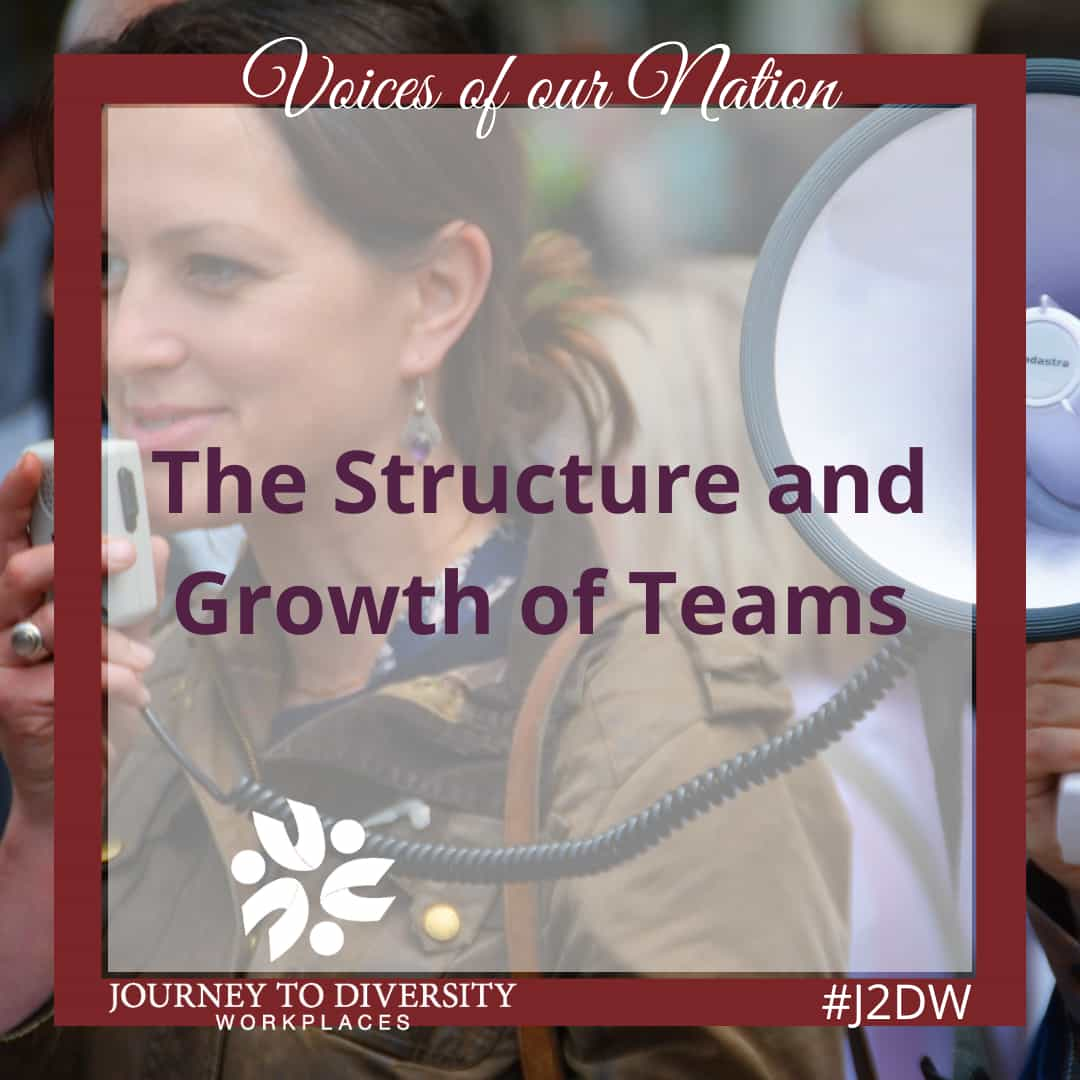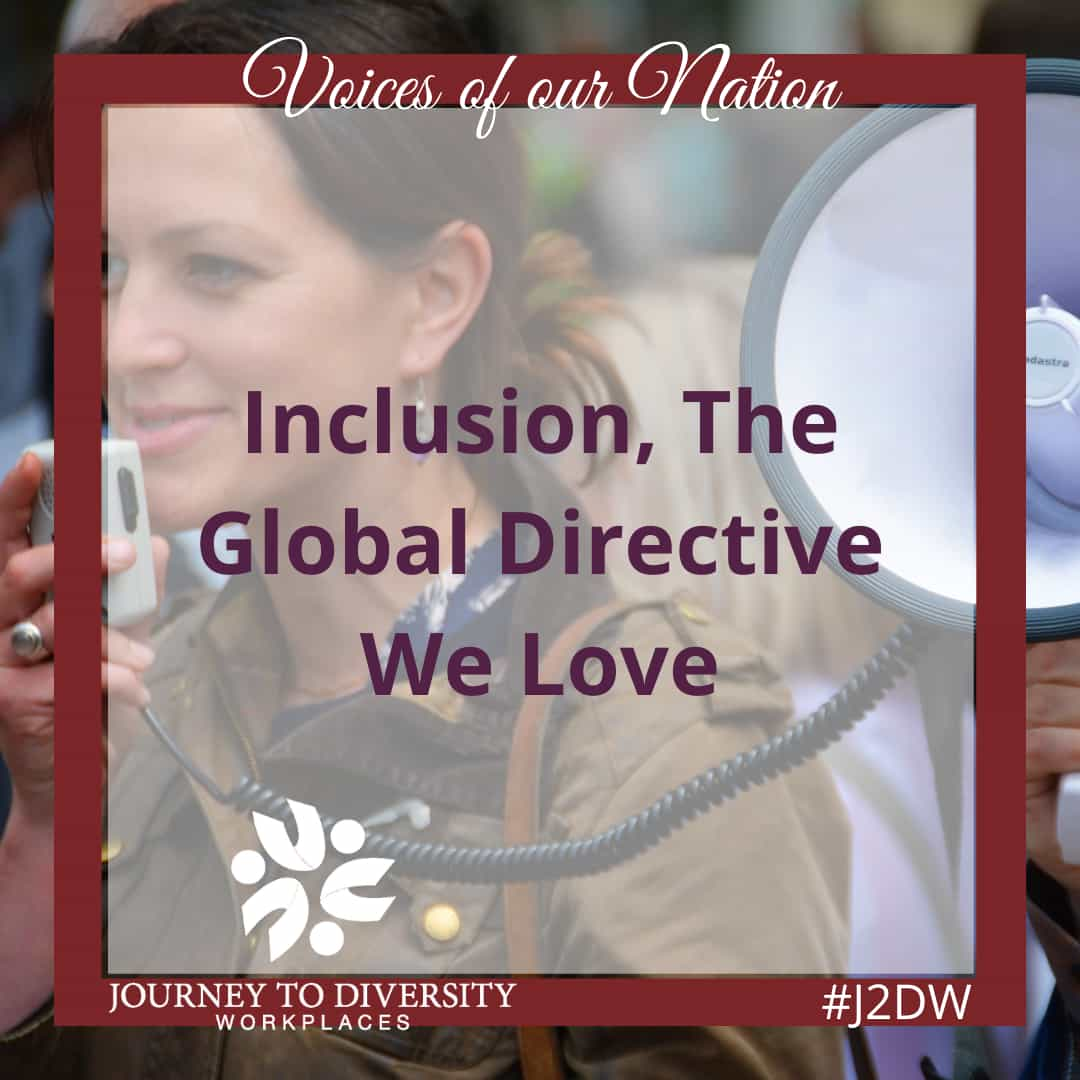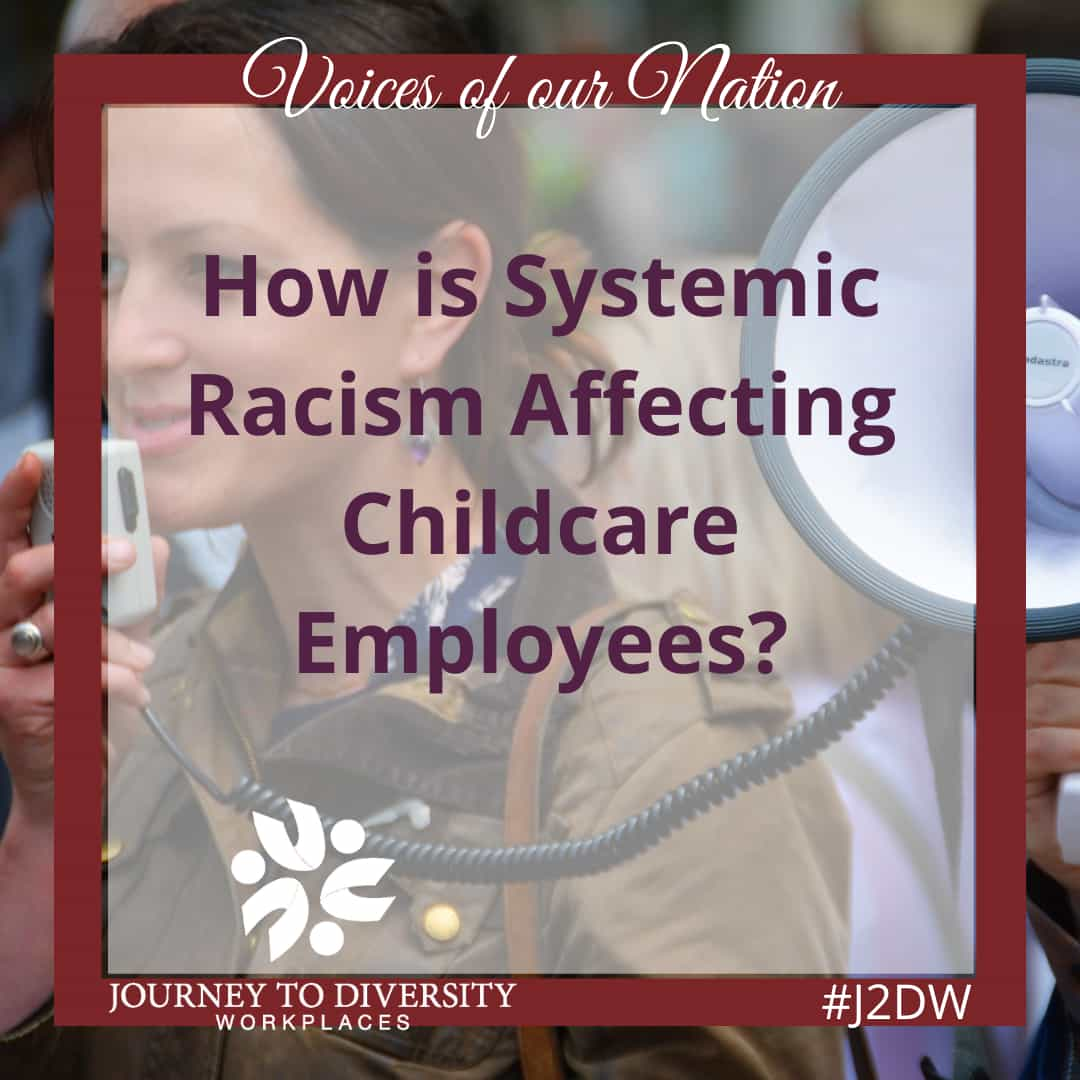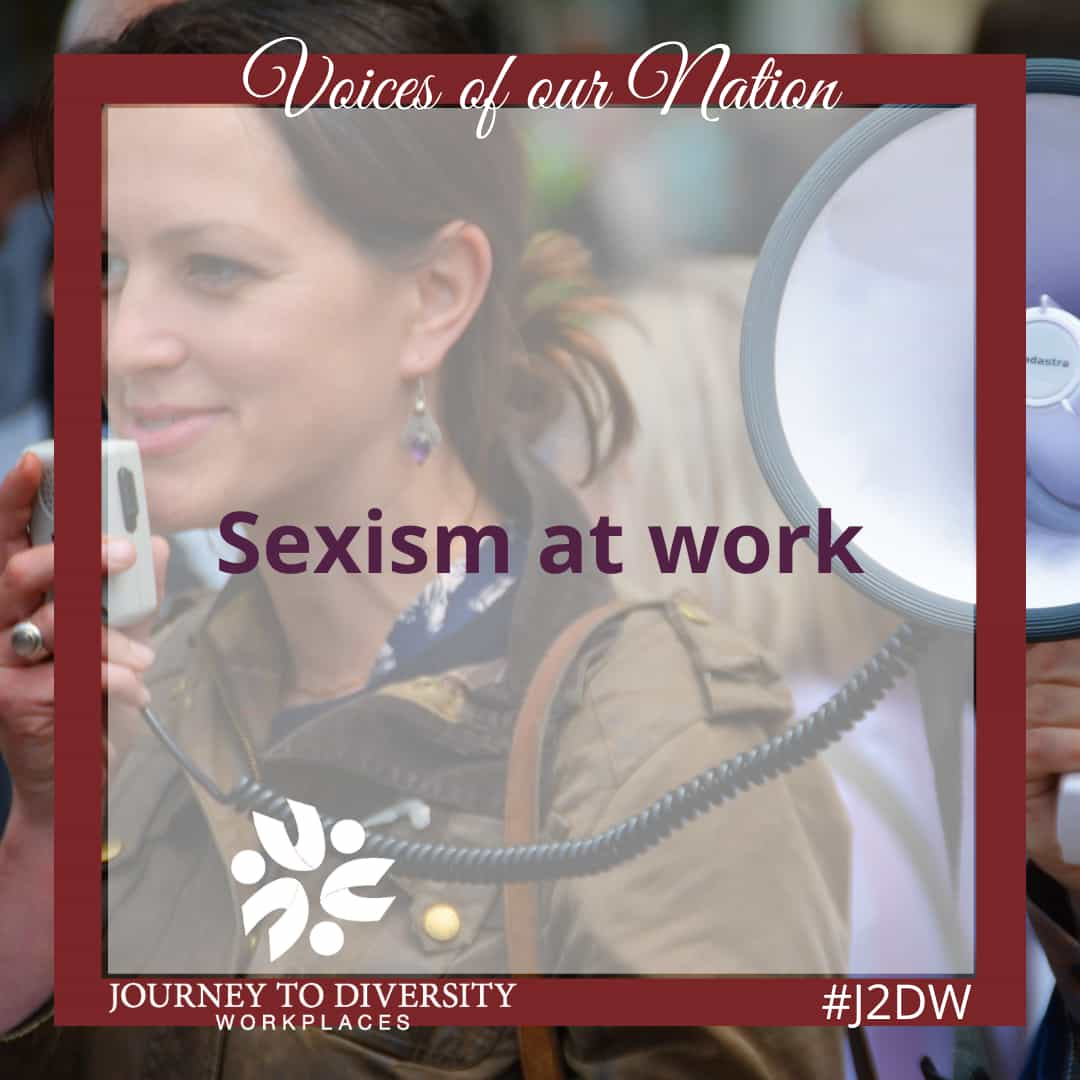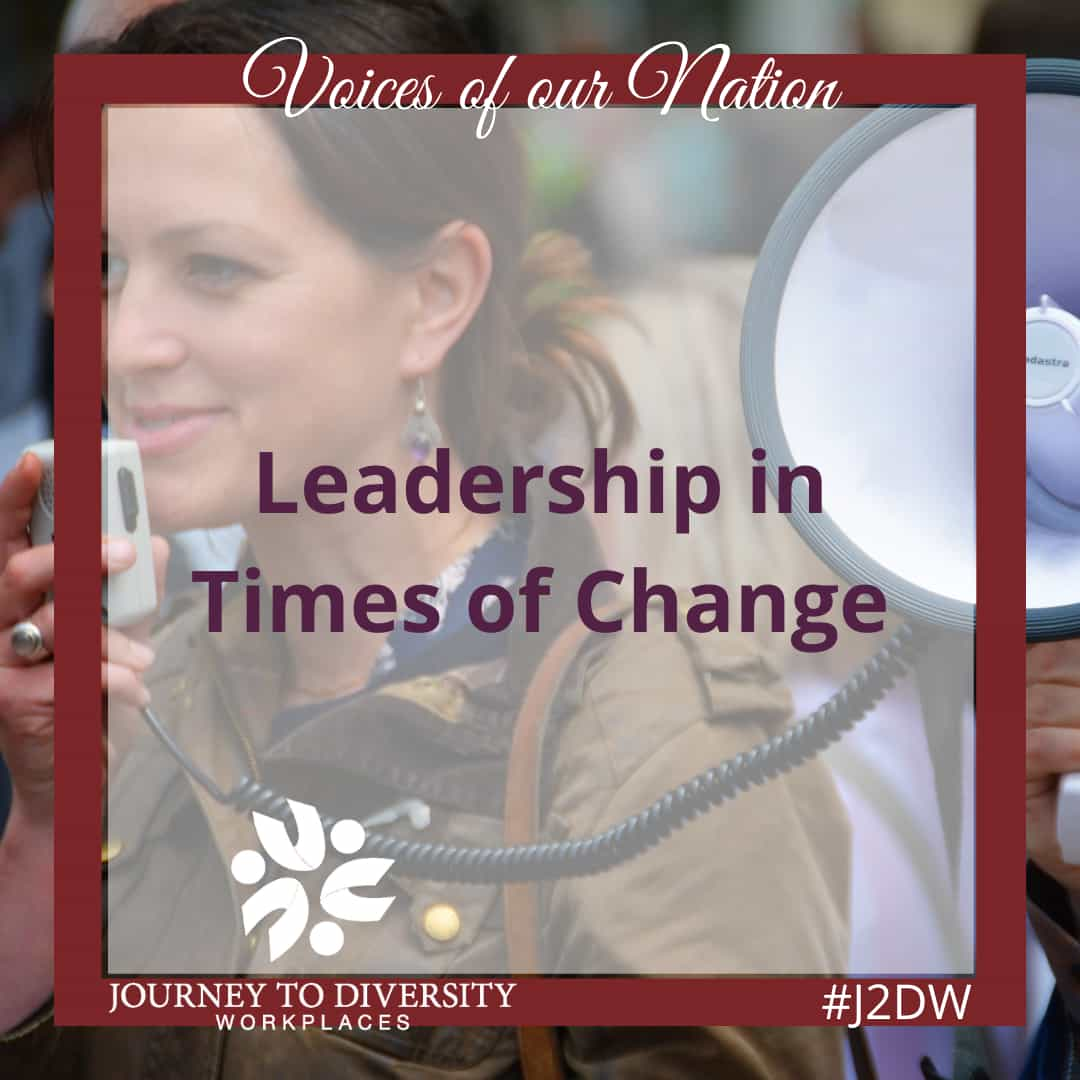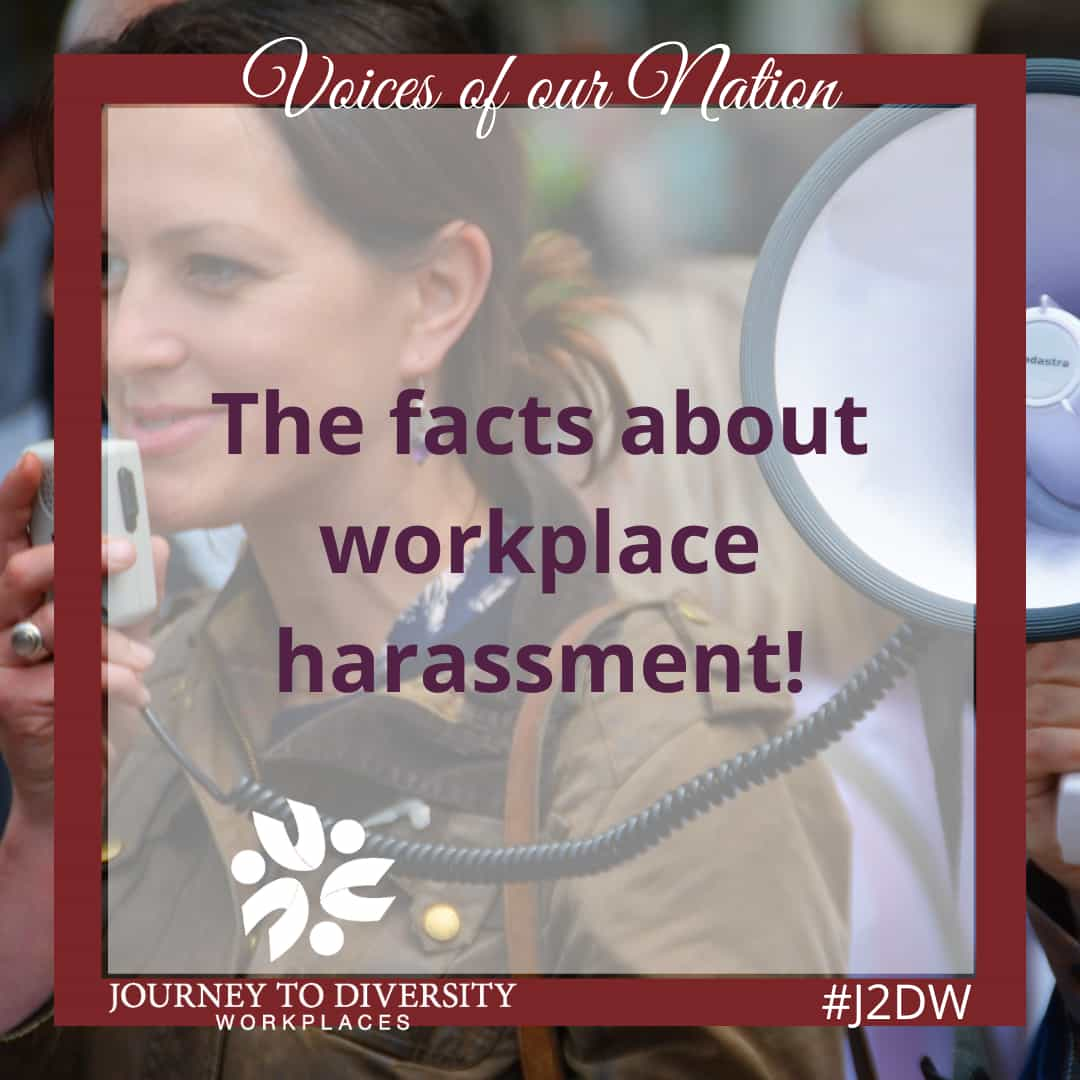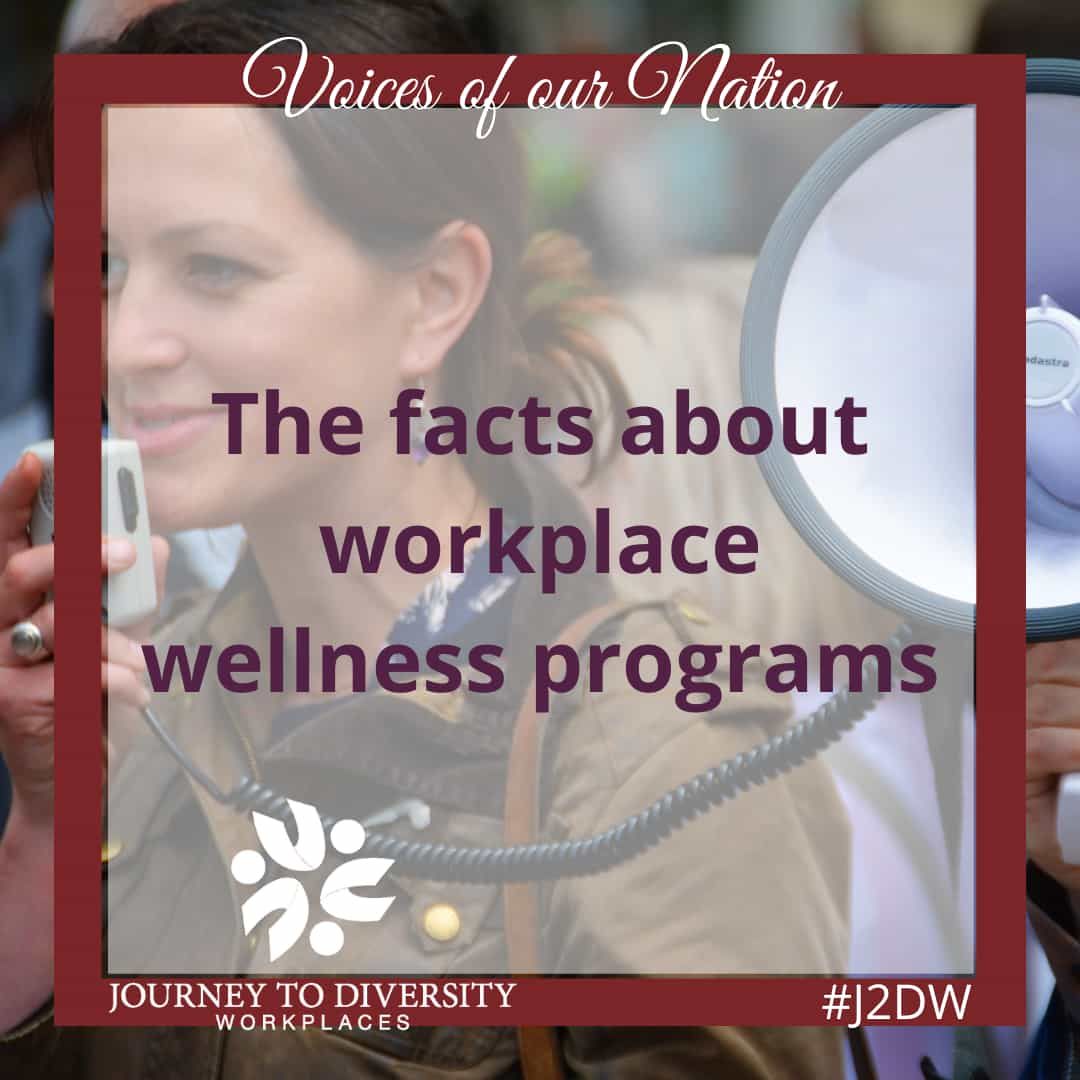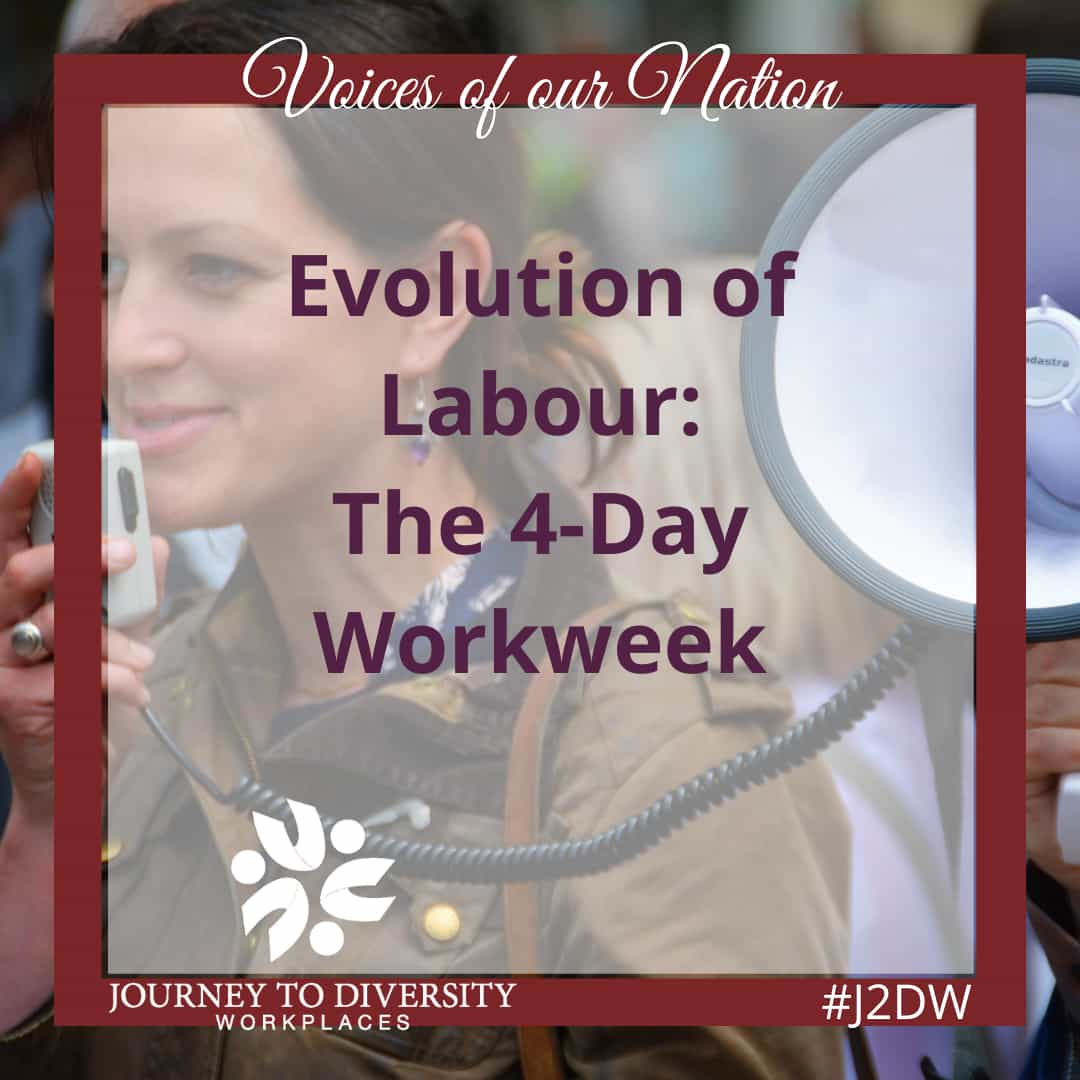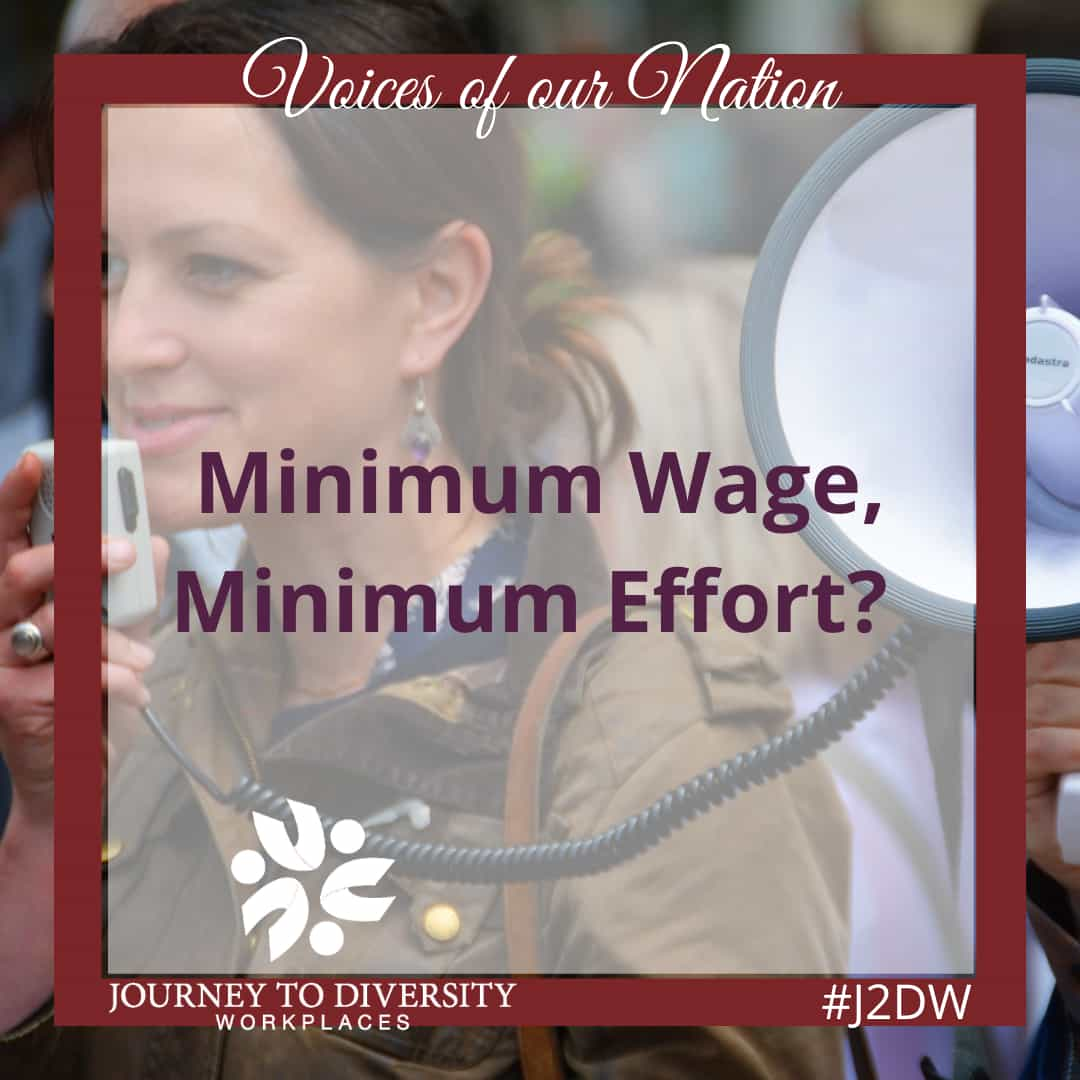I think everyone has experienced workplace conflict at least once in their life. Conflict is highly common and although it’s generally seen as a negative clash of personalities or needs, much like stress, there is a positive side to conflict that can yield internal growth. Depending on the length and severity of the interaction, conflict can be emotionally exhausting. This is dependent on how resilient the individuals are to stress and conflict. It can be hard on some people. The good news for those that really don’t enjoy this part of life is that it’s something that does get easier with time. Hopefully when you’re done reading this post, you’ll have some better tools to help frame your next conflict in a positive light.
Interpersonal conflict is enjoyed by few. It’s a highly documented topic that can be studied, and practiced, and with enough work can be made to work for you. Dale Carnegie in his famous people handling book “How to Win Friends & Influence People” offers a myriad of good advice for avoiding the triggers that tend to stir up an individual’s self defense mechanisms. A study of conflict in Canada found that 86% of reported conflict involved egos and personality incompatibility. 67% of reported conflict involved a lack of honesty. 76% of respondents said they have seen conflict led to personal insults. Despite these statistics, 77% said that conflicts lead to better understanding between individuals. Over half of respondents stated that conflict has led to better problem solving.
The beneficial consequences of conflict include stimulation of creativity, innovation, stimulation of change, helps people establish their identities, and helps to reveal problems that may be brewing within a group or team. When conflict results in positive results, it’s known as functional or constructive conflict. The alternative would be known as dysfunctional conflict. Any conflict tends to move through four distinct phases. The first phase is when conflict is latent, lying underneath the visible surface. In this phase all that is necessary is for personalities to clash and conflict will occur. The second phase is known as the trigger event, when the conflict happens and becomes known. The third phase is the actual conflict, when opposing views and feelings are being expressed, which is then followed by the final phase resolution and settlement. The outcome of each stage of conflict will refer to the personalities involved; depending on how strong each personality or belief is will determine how the individuals will act as they transition through the conflict.
Many individuals have significant difficulty handling conflict, due to fear or lack of understanding. Mishandling conflict is easy. Common behaviors that do not help deal with conflict are avoidance, hostility, retaliation, character assassination and coalition building. When two parties engage in conflict it can quickly spiral out of control. Choosing to avoid conflict usually results in it coming back later, as it tends to fester beneath the surface. Reacting with hostility and engaging in the conflict with retaliation just adds fuel to the fire. In some cases, one party may decide to spread rumors and turn others against the other party, escalating the issue. this also escalates the issue.
Instead, leaders should lead the charge in conflict resolution. When given organizational power, a leader should attempt to reduce conflict through education and mediation first. If education and negotiation doesn’t work, then a leader can opt to alter the workplace structure. A leader can make changes so that two parties interact less. They may also attempt to ease trouble by reframing the conflict so that both parties are focused on the same goal.
If you find yourself dealing with conflict the best solution is to educate yourself in conflict management. Understanding the mechanisms of conflict will help to properly manage the situation. If you can’t make it work on your own then enlist the help of your leaders, it’s what they’re there to do.
References
ORGB. (2020) Nelson, Quick, Armstrong, Roubecas, Condie.
This article was written by summer student Adam Best and edited by summer student Hannah Mastin. This article was funded by the Government of Canada.


